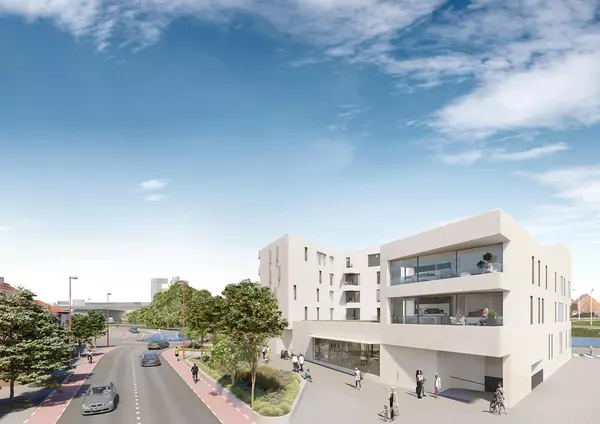Federal Government Support Expands Rental Housing in Toronto
Toronto is set to see a substantial addition to its rental housing stock following a major federal funding announcement. The Canadian government has committed more than $291 million to support the construction of 705 new rental units in the city, with 256 units designated as affordable. This initiative is part of a broader effort to address the city’s ongoing housing pressures.
This latest funding package involves a coordinated approach that combines low-interest federal financing with municipal support to accelerate housing delivery. It includes contributions through two key programs: the Apartment Construction Loan Program (ACLP) and the Affordable Housing Fund (AHF), both administered by the Canada Mortgage and Housing Corporation (CMHC).
The Apartment Construction Loan Program: Catalyzing New Rental Units
The Apartment Construction Loan Program provides fully repayable, low-interest loans to developers to support the creation of new rental housing, particularly for middle-class households. By reducing borrowing costs during the construction phase, the ACLP allows projects to move forward that might otherwise face financial obstacles. The program covers a range of rental types, including standard multi-unit housing, senior residences, and student accommodations.
Loans are structured to cover a significant portion of project costs with favourable financing terms that lower overall borrowing costs. Borrowers can take advantage of long-term amortization options to further manage cash flow. Projects supported by the ACLP must meet affordability criteria as established in their individual funding agreements and increasingly must demonstrate commitments to energy efficiency, accessibility, and innovative construction methods such as modular development. This ensures that the program not only increases supply but also aligns with broader social and environmental objectives.
In Toronto, the ACLP is being used to finance a part of the 705-unit development, providing stable, low-cost funding that makes the project financially viable and accelerates timelines. The program has a track record of supporting thousands of rental units across Canada, helping to reduce the financing gap for new developments.
The Affordable Housing Fund: Expanding Access and Preserving Existing Housing
Complementing the ACLP, the Affordable Housing Fund provides funding through low-interest and forgivable loans or direct contributions to partnered organizations. This program is designed to facilitate both the construction of new affordable housing and the renovation or repair of existing units. Through the AHF, developers and non-profit organizations can receive financing that reduces overall project costs, particularly for units reserved for lower-income households or community housing.
The fund is structured to encourage partnerships and ensure that projects are both financially and socially sustainable. It supports new construction as well as the repair and renewal of affordable and community housing, incorporating criteria for energy efficiency, accessibility, and long-term affordability, reflecting federal priorities for sustainable and inclusive development. In Toronto, the AHF is helping to ensure that a portion of the new units are genuinely affordable.
Toronto’s Housing Landscape
Toronto has faced years of elevated demand, rising rents, and limited construction of purpose-built rental units. By providing low-interest, repayable loans and forgivable contributions, the ACLP and AHF hope to close the financial gap that can slow new development. This enables projects to advance more quickly while meeting affordability, accessibility, and sustainability standards.
The recent 705-unit project illustrates the impact of combining federal financial tools with local planning support. The ACLP and AHF work together to reduce upfront financing costs, guarantee long-term affordability for certain units, and encourage innovative construction practices. This dual approach is designed to accelerate the delivery of housing, making the city’s rental market more resilient while expanding options for residents across income levels.
Recent Posts











